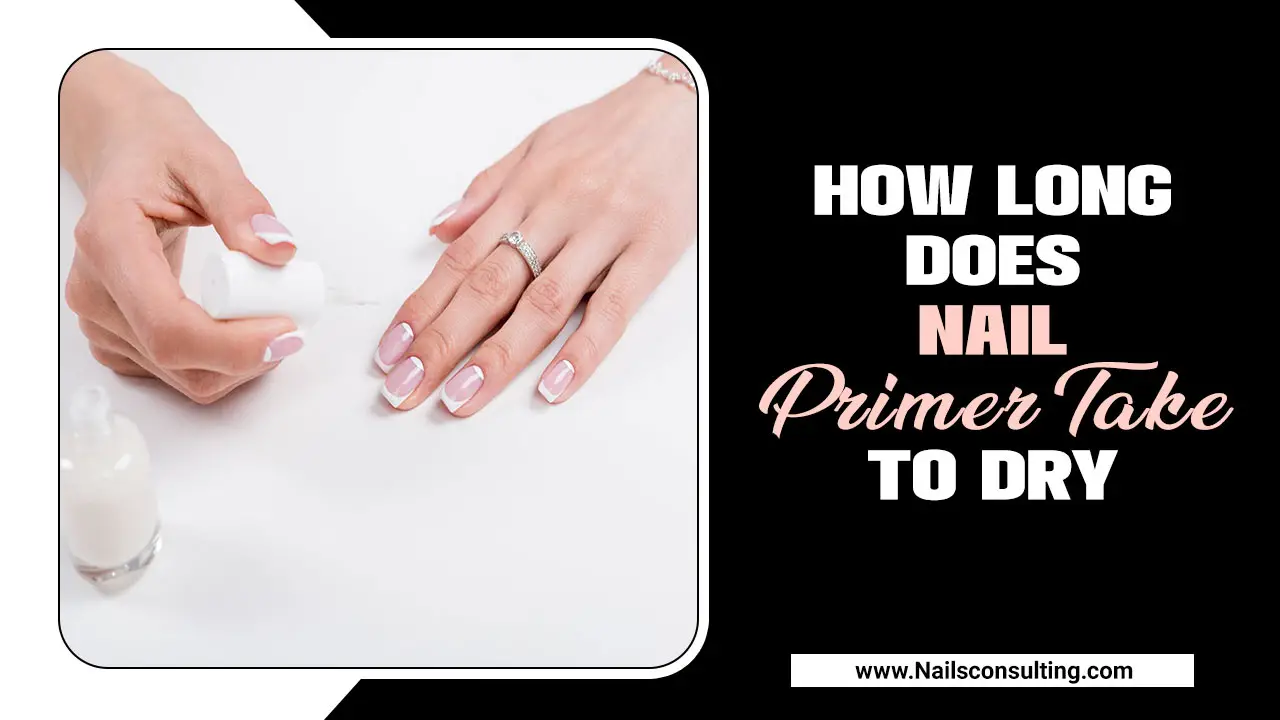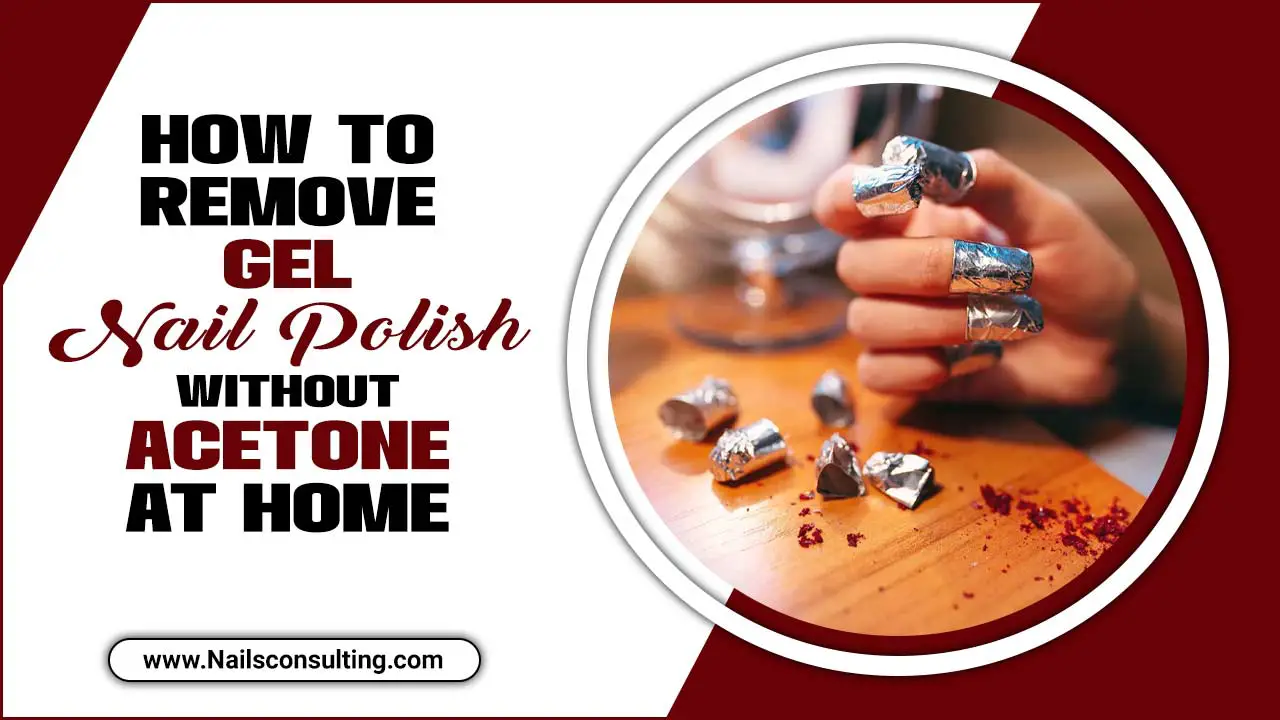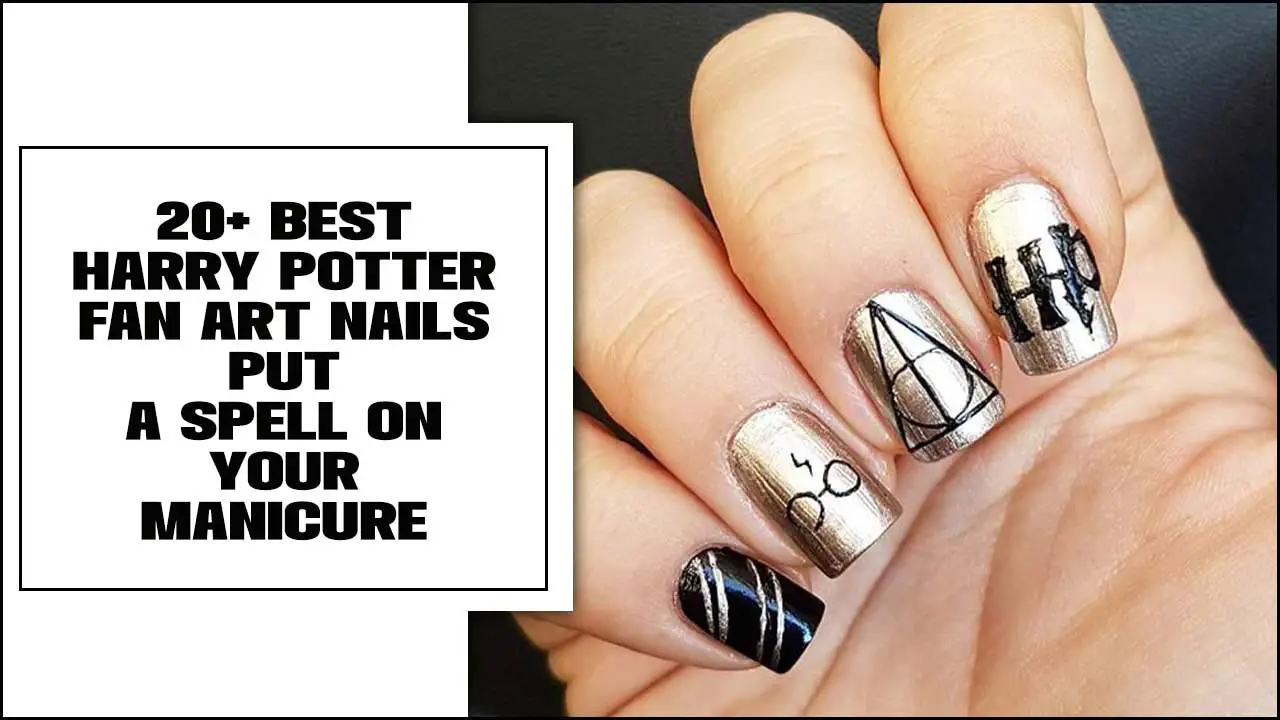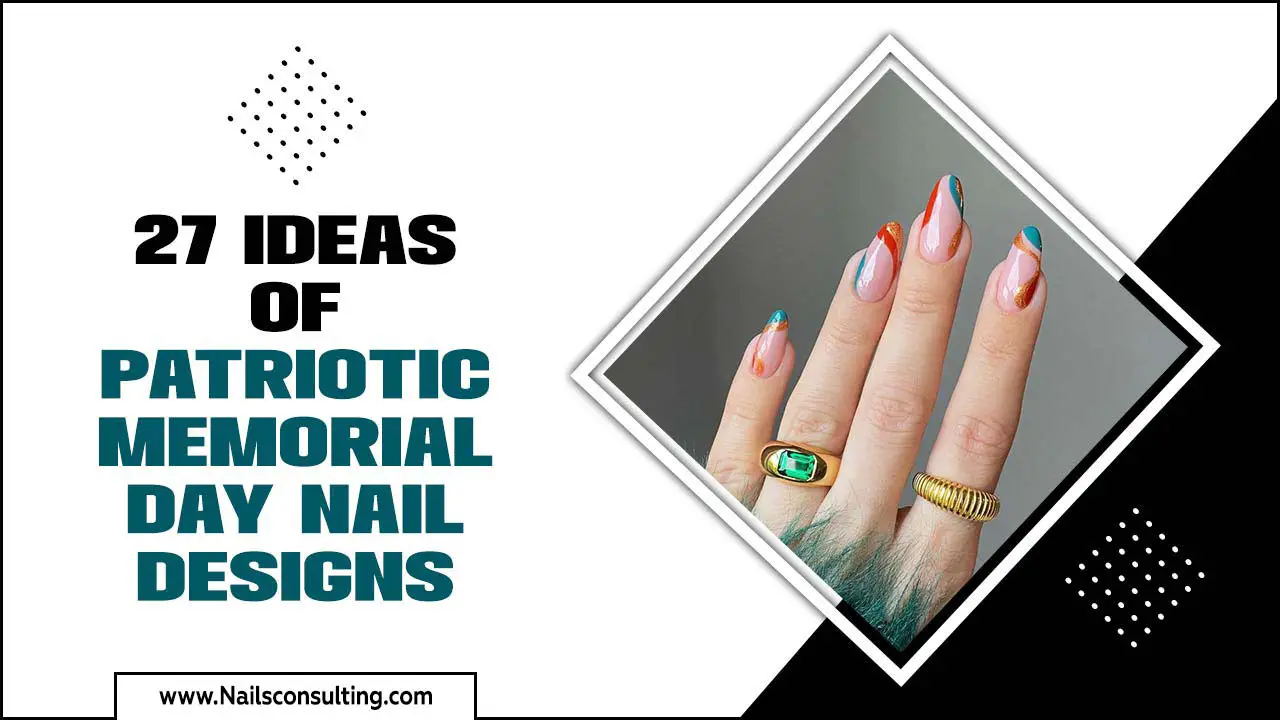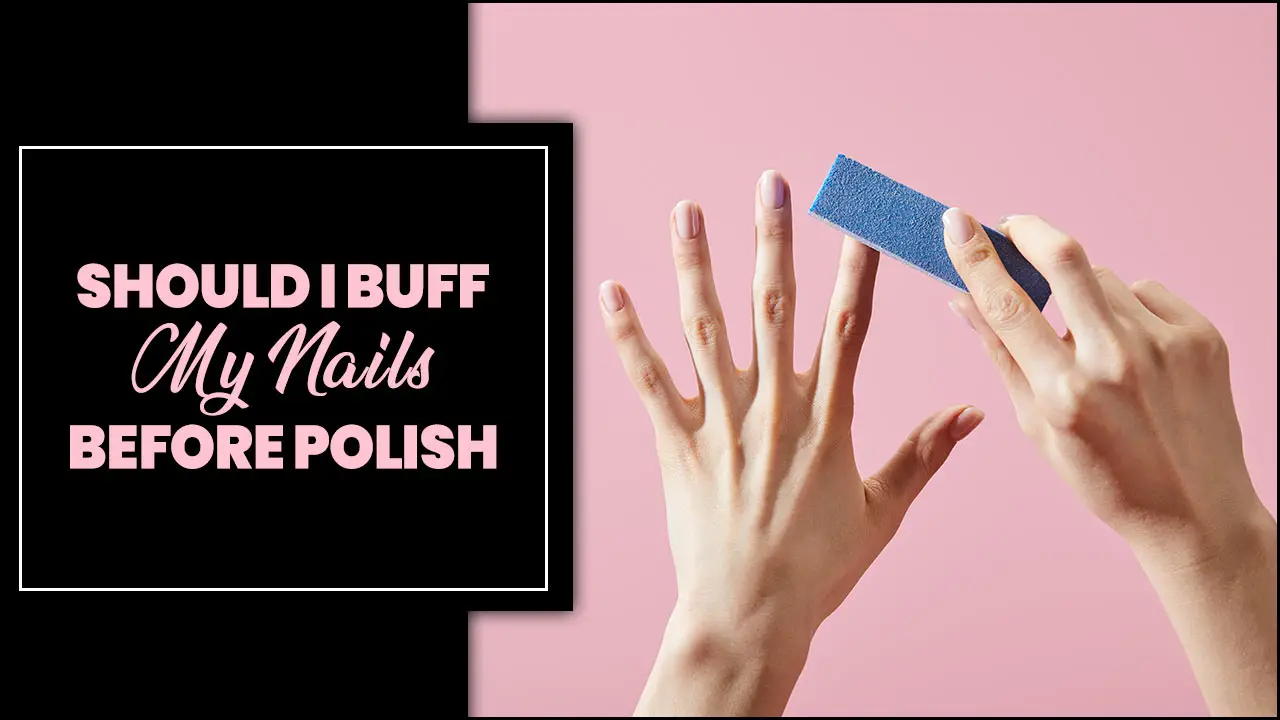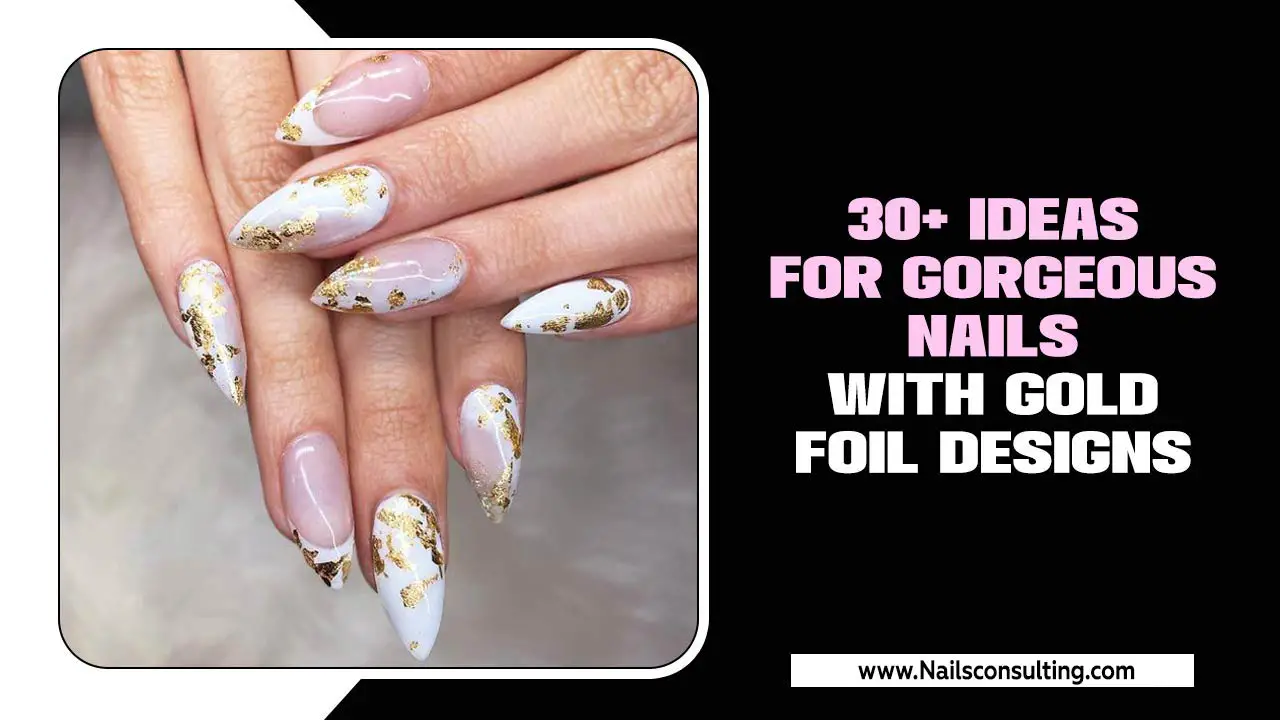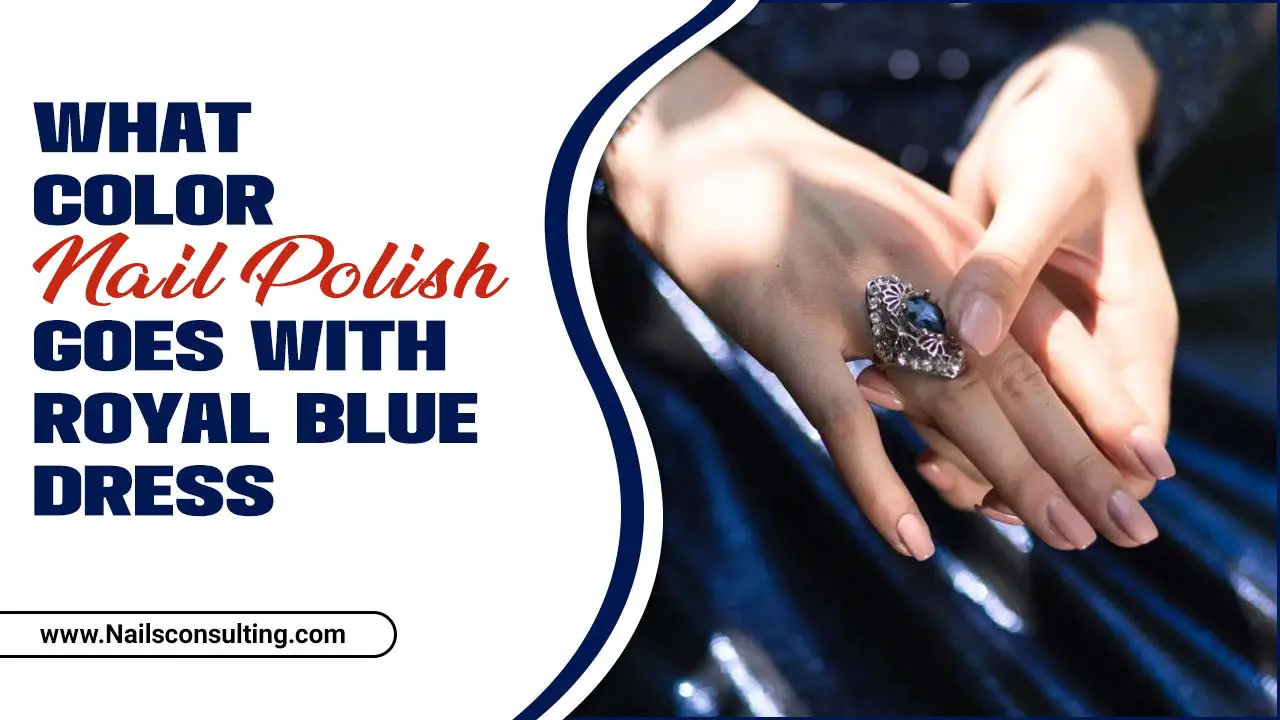In nail enhancements, countless options are available to achieve long-lasting and flawless manicures. Two popular choices that have gained significant traction recently are rubber base gel and builder gel.
These products offer unique features and benefits, making it difficult for nail technicians and clients to determine the best fit for their needs. Here, we will dive into the differences between rubber base gel vs builder gel, their application processes, durability, and overall performance. We will also discuss the pros and cons of each product, as well as provide tips on how to choose the right option based on personal preferences and desired results.
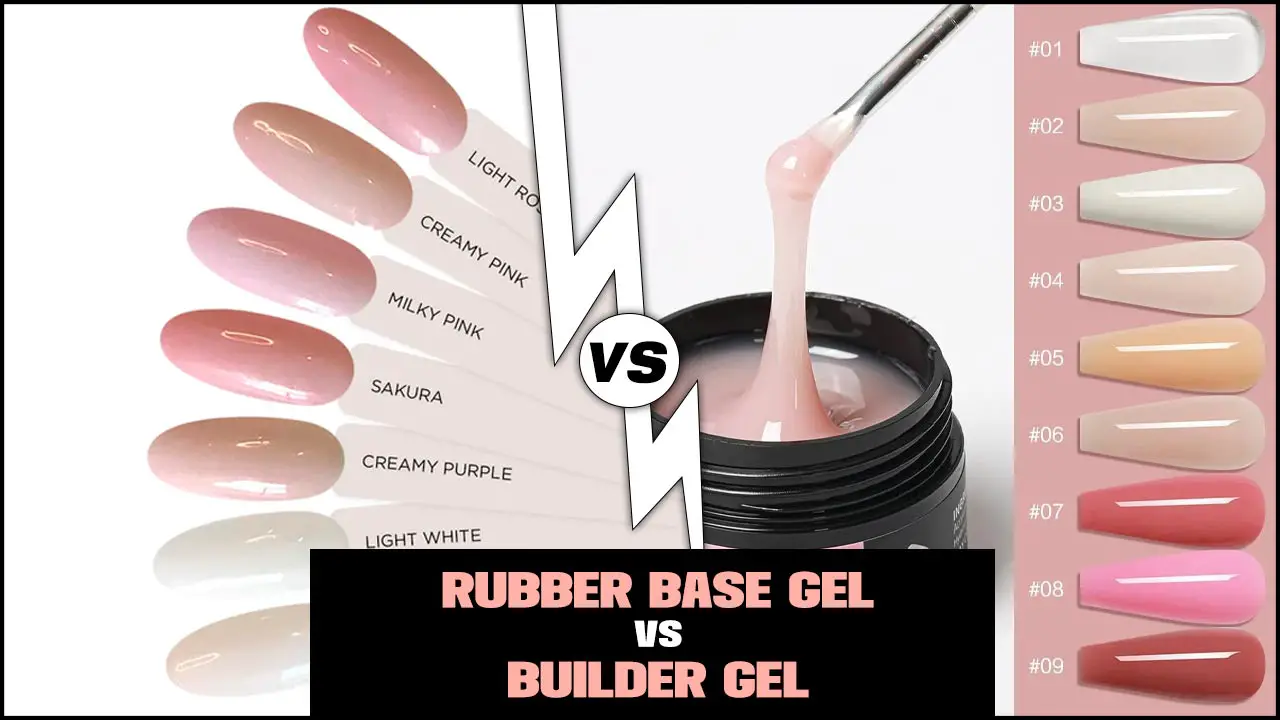
What Is Rubber Base Gel?
Rubber Base Gel is a type of nail enhancement product that has gained significant popularity in the beauty industry. It is a unique blend of traditional gel and acrylic, resulting in a hybrid formula that offers the advantages of both materials. Rubber Base Gel is a versatile and durable product that provides a strong foundation for nail extensions, overlays, and sculpting.
One of the distinguishing features of Rubber Base Gel is its flexibility. Unlike traditional gel or acrylic, which can be rigid and prone to breakage, rubber base gel offers a more pliable and resilient texture. This flexibility allows for natural nail movement, reducing the risk of cracking or chipping. Additionally, the elasticity of rubber base gel contributes to its longevity, as it can withstand daily wear and tear without compromising its integrity.
What Is Builder Gel?
Builder Gel is a popular product in the field of nail enhancements and is widely handy by professionals in the beauty industry. It is a type of gel that has specific designs to provide additional strength and durability to natural nails or artificial nail extensions. Builder Gel is typically applied to the nail bed and then cured under a UV or LED lamp to create a hard and strong surface.
The main purpose of using Builder Gel is to create a solid foundation for nail extensions. Making them less prone to breakage or chipping. It helps to reinforce the natural nail structure, providing extra support and stability. This is particularly beneficial for individuals with weak or brittle nails, as it allows them to enjoy longer and more durable nail extensions.
Difference Between Rubber Base Gel Vs Builder Gel
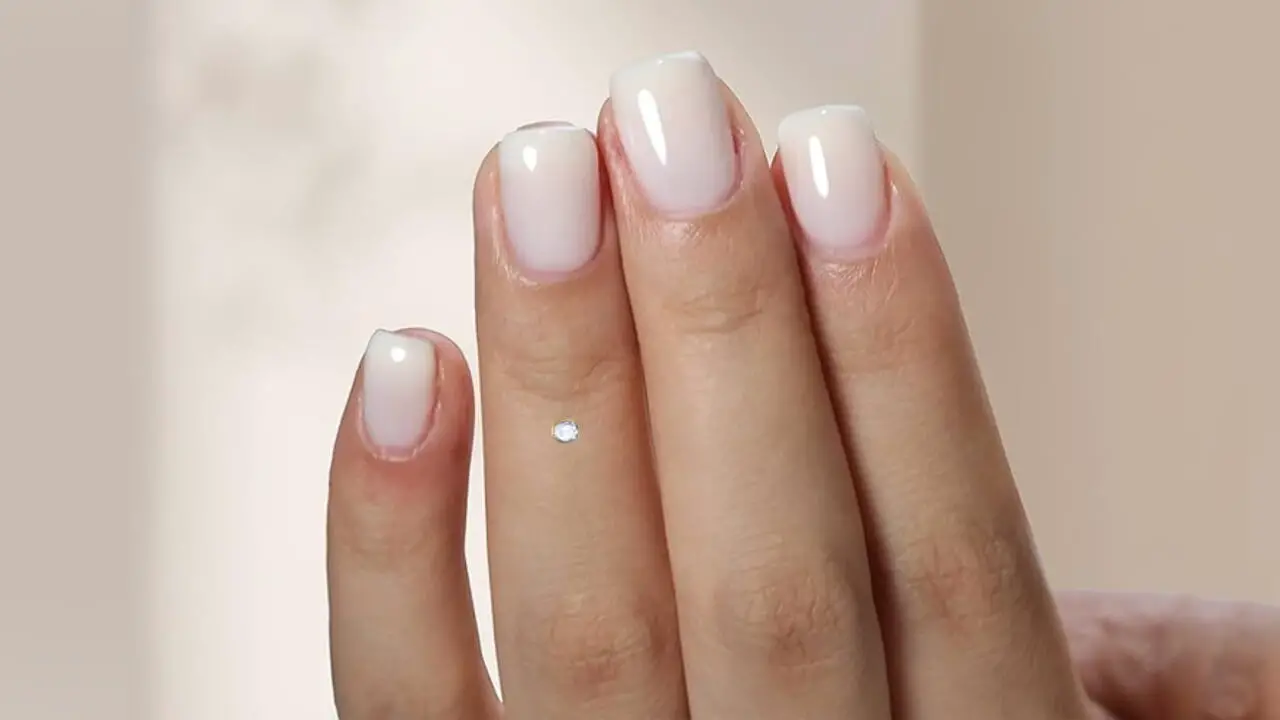
Rubber Base Gel vs Builder Gel are handy for building and strengthening nails. They have distinct characteristics that set them apart. Rubber Base Gel is famous for its flexibility and durability. Making it an excellent option for those with weak or brittle nails. Its rubber-like consistency provides a cushioning effect, preventing the nails from cracking or breaking easily.
On the other hand, Builder Gel is a thicker and denser gel, ideal for creating longer and more sculpted nails. Its self-levelling properties and ability to hold shape make it a preferred choice for nail technicians specializing in intricate designs. Ultimately, the decision between Rubber Base Gel and Builder Gel depends on the desired.
Features Of Rubber Base Gel
- Provides a strong and durable foundation for gel nails
- Helps to strengthen and protect natural nails
- Offers a flexible and resilient base for gel polish application
- Creates a smooth and even surface for easier gel manicure application
- Helps to prevent the chipping and peeling of gel polish
- Provides added flexibility and durability to the nail enhancement
- Promotes longer-lasting gel manicures
- Can be handy as a base coat for different nail art techniques
- Easy to apply and remove with proper techniques and products
- Suitable for both professional nail technicians and DIY nail enthusiasts
Features Of Builder Gel
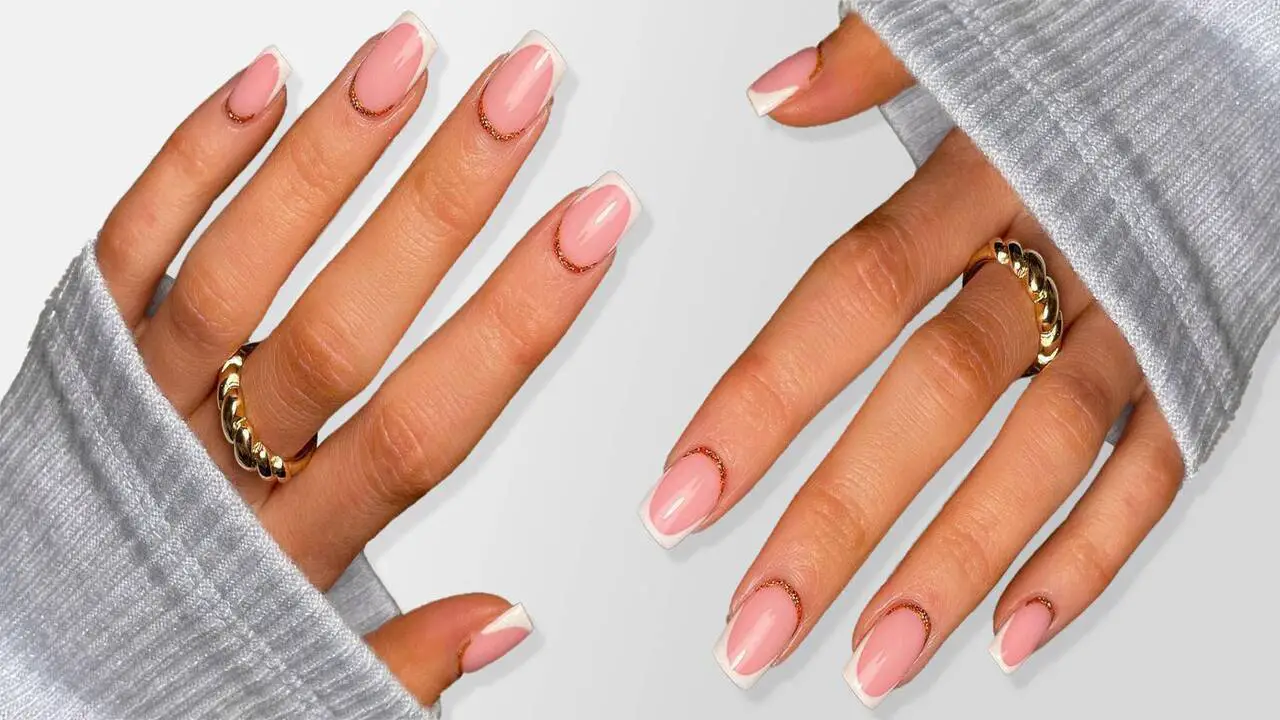
- Builder gel is a thick, self-levelling gel that is used to create and sculpt nail extensions.
- It provides a strong and durable foundation for nail enhancements.
- Builder gel is easy to work with, allowing precise application and control.
- It has a thick viscosity, which helps to build and shape the nails.
- Builder gel is available in various shades, allowing for customization and creativity.
- It is formulated to be long-lasting and resistant to chipping and cracking.
- Builder gel can strengthen natural nails and promote nail growth.
- It can be applied over tips, forms, or natural nails for different nail extension techniques.
- Builder gel is self-levelling, meaning it spreads and evens out on its own, resulting in a smooth and even surface.
- It can be cured using a UV or LED lamp for quick and efficient drying.
Application Techniques- Rubber Base Gel
Builder Gel offers different application techniques. When using Rubber Base Gel, it is important to apply a thin layer to the natural nail. This gel has a flexible and rubbery texture, which allows it to adhere well to the nail bed and provide a strong foundation. It is typically applied in multiple thin coats, curing each layer under a UV or LED lamp. This technique helps to build up the strength of the nail and create a smooth base for further gel polish application.
Application Techniques- Builder Gel
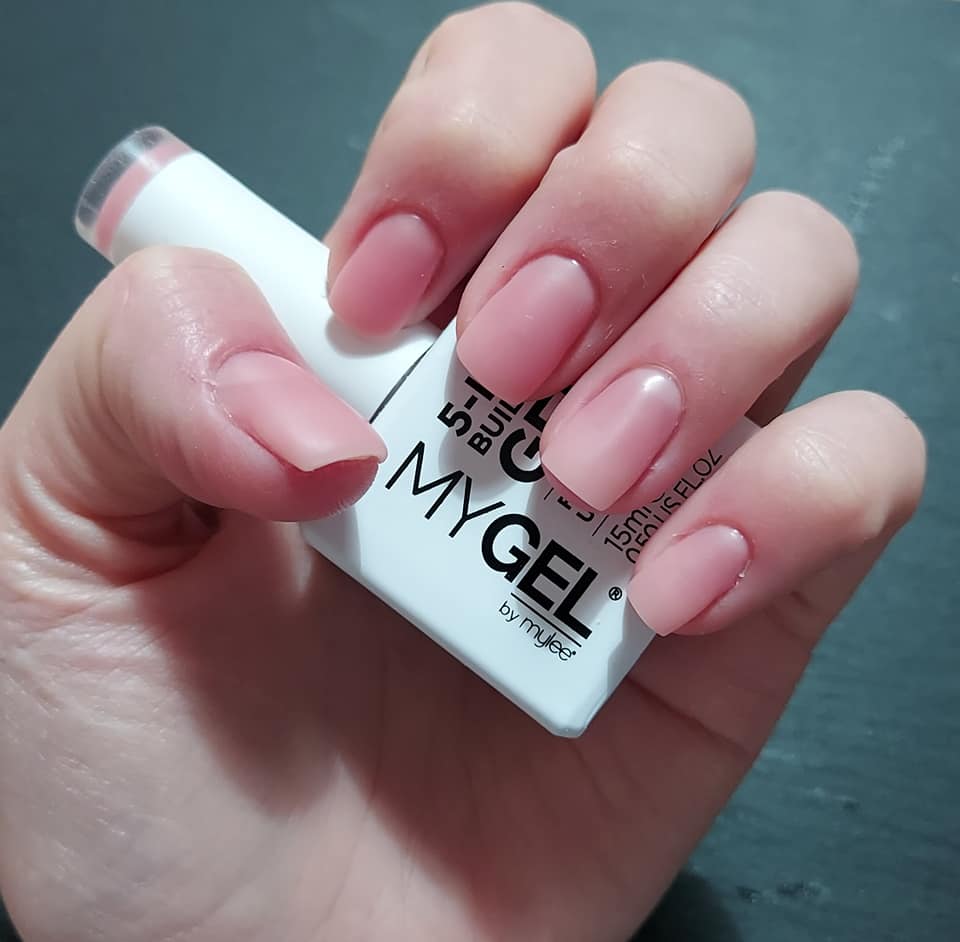
Applied using a brush or a spatula. It is usually recommended to use a thin layer of builder gel to build up the desired thickness and shape of the nail. Builder gel is self-levelling, meaning it spreads evenly on the nail surface and does not require much effort to shape it. It is important to cure each layer of builder gel under a UV or LED lamp for the recommended time to ensure proper curing and a strong bond.
Strength And Durability
Strength and durability are important factors when choosing between rubber base gel and builder gel for nail enhancements.
Rubber base gel is a type of gel that has a flexible and elastic texture. It is famous for its strong adhesion properties, making it an excellent choice for clients with natural nails that tend to be more flexible. Rubber base gel provides a good amount of strength and durability, allowing the nails to withstand daily activities without easily chipping or breaking.
On the other hand, builder gel is a thicker and more solid gel that is handy for building and sculpting nail extensions. It is typically handy for clients who desire longer nails or need to correct nail imperfections. Builder gel offers exceptional strength and durability, making it suitable for clients who require extra support and longevity.
Both rubber base gel and builder gel can provide long-lasting results. But their suitability may depend on the specific needs and preferences of the client.
Maintenance And Fill-In Process
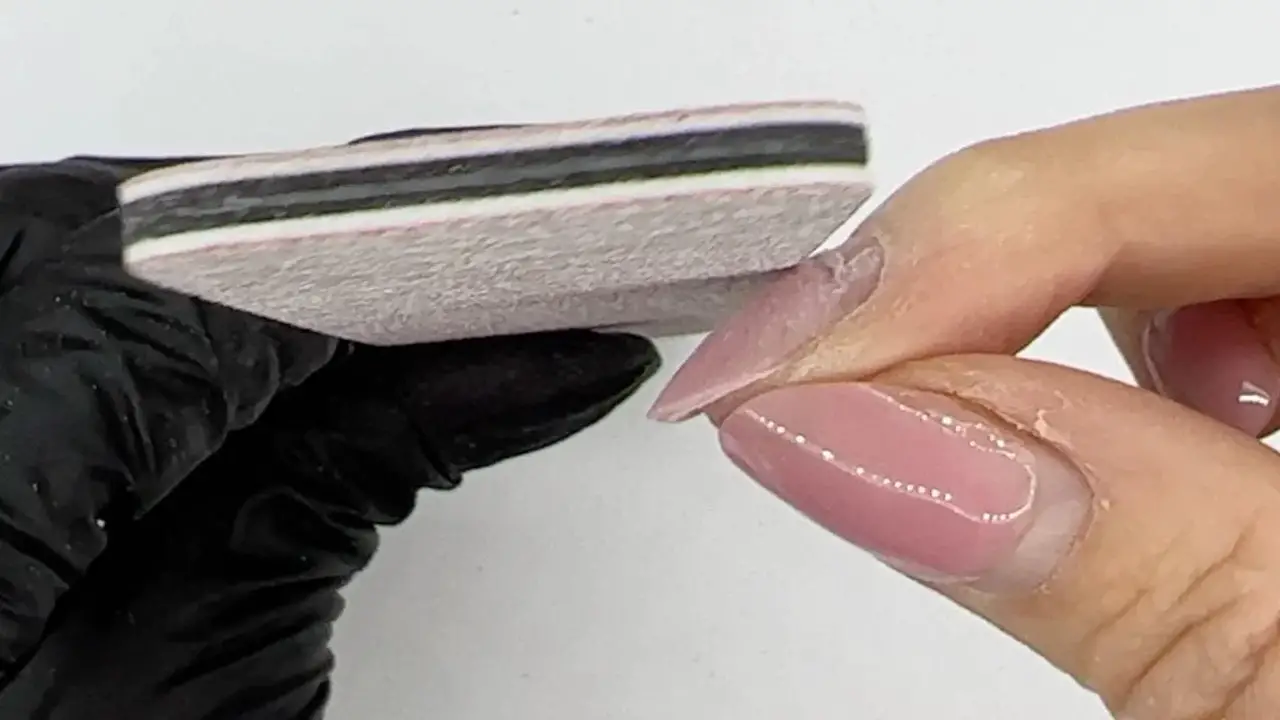
Maintaining and filling in rubber base gel and builder gel are two different processes. With rubber base gel, the maintenance process involves lightly buffing the nails to remove any shine, applying a thin layer of rubber base gel, curing it under a UV or LED lamp, and then applying a color gel polish and top coat.
For a fill-in, the process is similar, but instead of applying a new layer of rubber base gel. You would file down the existing gel to create a smooth surface, apply a new layer of color gel polish, and then finish with a top coat.
On the other hand, with builder gel, the maintenance process involves filing down any lifted or grown-out areas of the gel, shaping the nails as desired, and then reapplying a thin layer of builder gel to fill in any gaps. The nails are then cured under a UV or LED lamp before applying color gel polish and top coat. For a fill-in, you would follow the same steps but focus on filling in any areas where the natural nail has grown out.
Ultimately, whether you choose rubber base gel or builder gel will depend on your personal preference and the specific needs of your nails. It’s always best to consult with a professional nail technician who can assess your nails and recommend the best option for you.
Removal Process
Regarding the removal process, there are some key differences between rubber base gel and builder gel. With rubber base gel, the removal process is relatively simple and straightforward. It can be easily soaked off using acetone or a gel polish remover. On the other hand, builder gel is a bit more challenging to remove. It usually requires filing or buffing down the gel before soaking it in acetone.
This extra step can make the removal process more time-consuming and potentially damaging to the natural nail. However, it is important to note that a professional nail technician should remove both rubber base gel and builder gel to ensure proper technique and minimize damage to the nails.
Choosing The Right Gel For Your Needs
Various options are available, and two popular choices are rubber base gel and builder gel. Understanding the differences between these two types of gels can help you make an informed decision based on your specific needs. The rubber-based gel is famous for its flexibility and durability. It provides a bit of cushioning to the natural nail, making it ideal for those who want a more natural-looking and comfortable manicure.
On the other hand, builder gel is thicker and provides a stronger foundation for nail extensions and sculptures. It is perfect for those who desire long-lasting and sturdy nails. Ultimately, the choice between rubber base gel and builder gel depends on your preferences, desired nail look, and the level of durability you require.
Troubleshooting Common Issues
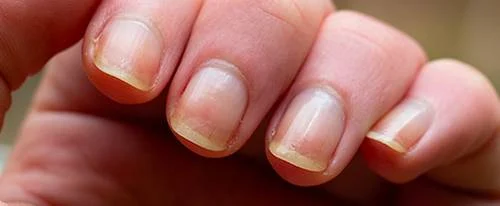
In terms of troubleshooting common issues with rubber base gel and builder gel, it’s important to understand the key differences between the two. Rubber base gel is popular for its flexibility and durability, making it a popular choice for those who want long-lasting nail enhancements.
However, one common issue that can arise with rubber base gel is lifting or peeling. This can be reason by improper application techniques or not properly prepping the natural nail before applying the gel. On the other hand, builder gel is a thicker, self-levelling gel that is often handy for creating extensions or sculpting nails.
One common issue with builder gel is cracking or shrinking during the curing process. This can be reason by using too much gel or not curing it for the recommended time. By understanding these common issues and their causes, you can troubleshoot any problems that may arise when using rubber base gel or builder gel and achieve beautiful, long-lasting nail enhancements.
Rubber Base Gel Pros:
- Offers a more flexible and natural feel.
- Provides a cushion-like effect, reducing the risk of chipping or cracking.
- Easy to remove without damaging the natural nail.
- Suitable for individuals with weak or brittle nails.
- Can be handy as a base for different nail enhancements.
Cons:
- Limited colour options compared to builder gel.
- May require more skill and practice to apply properly.
Builder Gel Pros:
- Offers superior strength and durability.
- Ideal for individuals with naturally thin or weak nails.
- Can be handy to add length and shape to the nails.
- Provides a smooth and flawless finish.
- Wide range of colors and finishes available.
Cons:
- Can be more expensive compared to rubber base gel.
- Requires a UV or LED lamp for curing, which may require an additional investment.
Can Rubber Base Gel And Builder Gel Be Handy Together?
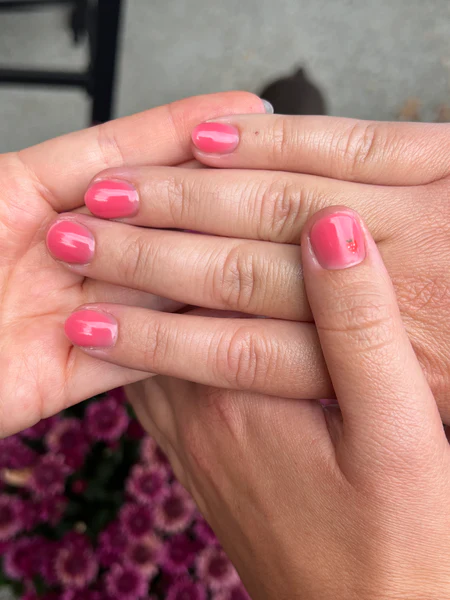
Rubber base gel and builder gel are two popular options for creating strong and durable nail enhancements. While they can both be handy to create beautiful and long-lasting nails, it is generally not recommended to use them together. Rubber base gel is a flexible gel that provides a natural-looking result and helps to prevent chipping and lifting. On the other hand, builder gel is a thicker, more solid gel that is handy to build and sculpt extensions.
Mixing these two types of gels can result in an uneven application and may not provide the desired strength or durability. It is best to choose one type of gel that suits your needs and follow the proper application techniques for that specific product.
Which One Is Better For Natural Nails?
Rubber base gel is popular for its flexibility and durability, making it a great option for those with weak or brittle nails. It provides a strong foundation and helps to protect the natural nail from damage. On the other hand, builder gel is thicker and more opaque, which can help to create length and structure for those with shorter nails.
It is often handy to build up the nail bed and create a smooth surface for polish or nail art. Ultimately, the choice between rubber base gel and builder gel will depend on your specific needs and preferences. It may be helpful to consult with a professional nail technician to determine which option is best for you.
Conclusion
The debate between rubber base gel vs builder gel continues as both have unique advantages and disadvantages. While rubber base gel offers flexibility and easier removal, builder gel provides a stronger and more durable finish. Ultimately, the choice between the two will depend on individual preferences and the specific needs of each client.
Further research and experimentation are needed to determine the long-term effects and performance of these two types of gels in the ever-evolving world of nail enhancements. As professionals, it is important to stay informed and educated on the latest products and techniques to provide the best services to our clients.
FAQs:
1.What Is The Main Difference Between Rubber Base Gel?
Ans: The main difference between rubber base gel and traditional gel is the composition of the gel itself. Rubber base gel is a hybrid gel that contains both gel and acrylic components, giving it a more flexible and durable finish compared to traditional gel. This flexibility makes rubber base gel less prone to chipping and cracking.
2.Which Type Of Gel Is More Suitable For Natural Nail Overlays?
Ans: A hard gel is more suitable for natural nail overlays. It provides a stronger and more durable finish, which is important for protecting the natural nail and preventing damage. Hard gel offers better adhesion and is less likely to lift or chip.
3.Are There Any Differences In The Durability And Strength Of Nails?
Ans: Yes, there are differences in the durability and strength of nails created with rubber base gel compared to builder gel. Rubber base gel is typically more flexible and provides a more natural feel to the nails, making them less prone to cracking or breaking. On the other hand, builder gel is thicker and provides more strength and durability to the nails.
4.Can Rubber Base Gel And Builder Gel Be Handy Interchangeably?
Ans: No, rubber base gel and builder gel cannot be handy interchangeably. Rubber base gel is a more flexible gel formula that adds strength and flexibility to natural nails.
5.Are There Any Specific Nail Types Or Conditions That Are Better Suited For Rubber Base Gel As Opposed To Builder Gel?
Ans: Rubber base gel is better suited for specific nail types or conditions than builder gel. Rubber base gel is ideal for clients with weak or brittle nails, providing more flexibility and durability. It is also suitable for those with flat or low-arched nails, as it helps to create a more natural-looking curve.

